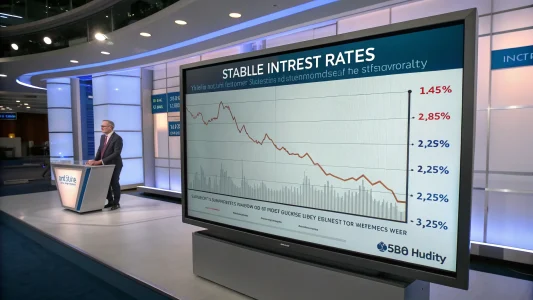Mutual funds that track the Nifty Midcap 50 Index are gaining attention as investment vehicles that give investors exposure to mid-sized companies showing strong growth potential. These funds combine several key advantages for investors looking to expand their portfolios beyond large-cap stocks.
The Nifty Midcap 50 Index represents a collection of medium-sized Indian companies that sit between small emerging businesses and established large corporations. These companies often demonstrate more growth potential than their larger counterparts while offering more stability than smaller firms.
Table of Contents
ToggleKey Benefits for Investors
Investors choosing mutual funds that track the Nifty Midcap 50 Index gain several advantages. First, these funds provide instant diversification across 50 different mid-sized companies, spreading risk across multiple sectors and businesses.
Professional management is another significant benefit. Fund managers handle the complex tasks of tracking the index, rebalancing the portfolio when needed, and managing inflows and outflows of capital—tasks that would be time-consuming for individual investors.
Cost efficiency stands out as a third major advantage. Index-tracking funds typically charge lower expense ratios compared to actively managed funds, allowing investors to keep more of their returns. This cost advantage compounds over time, potentially leading to better long-term performance.
Growth Characteristics of Mid-Cap Companies
Mid-cap companies often occupy a sweet spot in the market. They’ve typically moved beyond the high-risk early stages of business development but still have substantial room to grow compared to large-cap corporations.
These companies frequently demonstrate several attractive characteristics:
- Higher growth rates than large-cap companies
- More established business models than small-caps
- Greater flexibility to adapt to changing market conditions
- Potential to become tomorrow’s large-cap leaders
Market Performance and Considerations
The Nifty Midcap 50 Index has shown periods of outperformance compared to broader market indices, though this comes with increased volatility. Investors should recognize that mid-cap stocks can experience sharper price swings during market downturns.
“Mid-cap funds offer growth potential that can complement existing large-cap holdings,” financial analysts note, pointing to the diversification benefits these funds provide in a well-balanced portfolio.
For investors with medium to long-term horizons, these funds may provide an opportunity to capture growth in companies that are established enough to have proven business models but still small enough to have significant expansion potential.
Investment Strategy Implications
Financial advisors often recommend that investors consider their overall asset allocation when adding mid-cap exposure. These funds typically work best as part of a diversified strategy rather than as standalone investments.
The ideal allocation to mid-cap funds varies based on an investor’s risk tolerance, time horizon, and financial goals. Younger investors with longer time horizons might allocate a larger percentage to mid-caps, while those nearing retirement might maintain smaller positions.
Regular rebalancing is also important when including these funds in a portfolio, as their performance can sometimes lead to unintended shifts in overall asset allocation.
As with any investment, potential investors should review the specific fund’s tracking error, expense ratio, and historical performance before making decisions. While past performance doesn’t guarantee future results, these metrics can provide insight into how well a fund fulfills its stated objective of tracking the Nifty Midcap 50 Index.
















